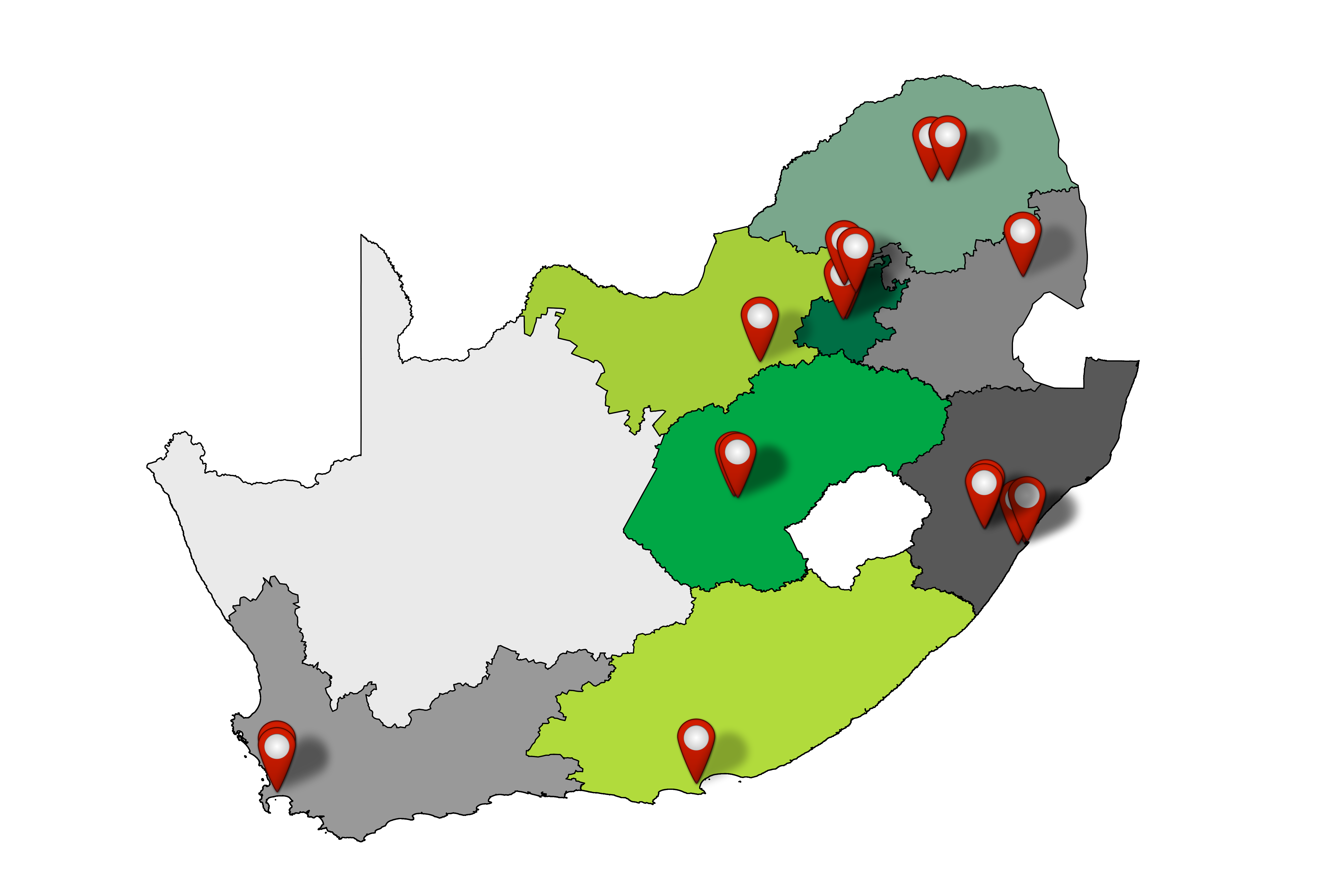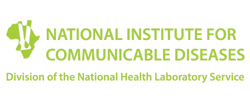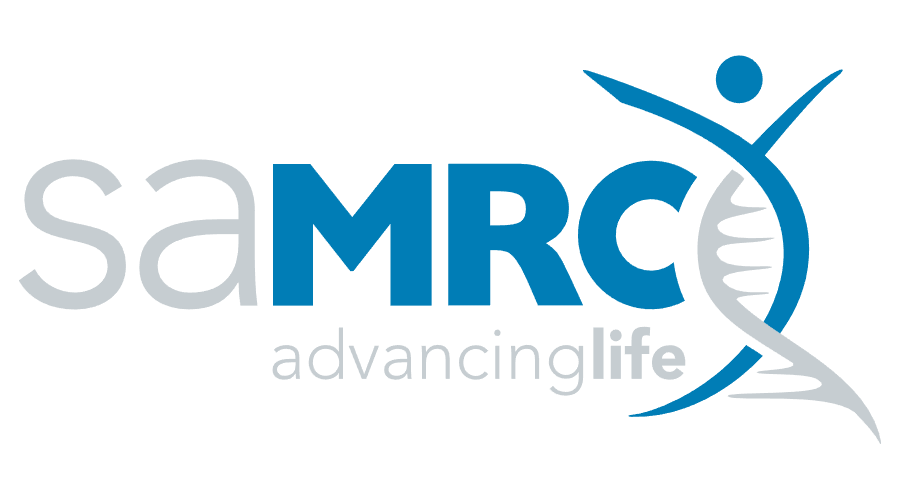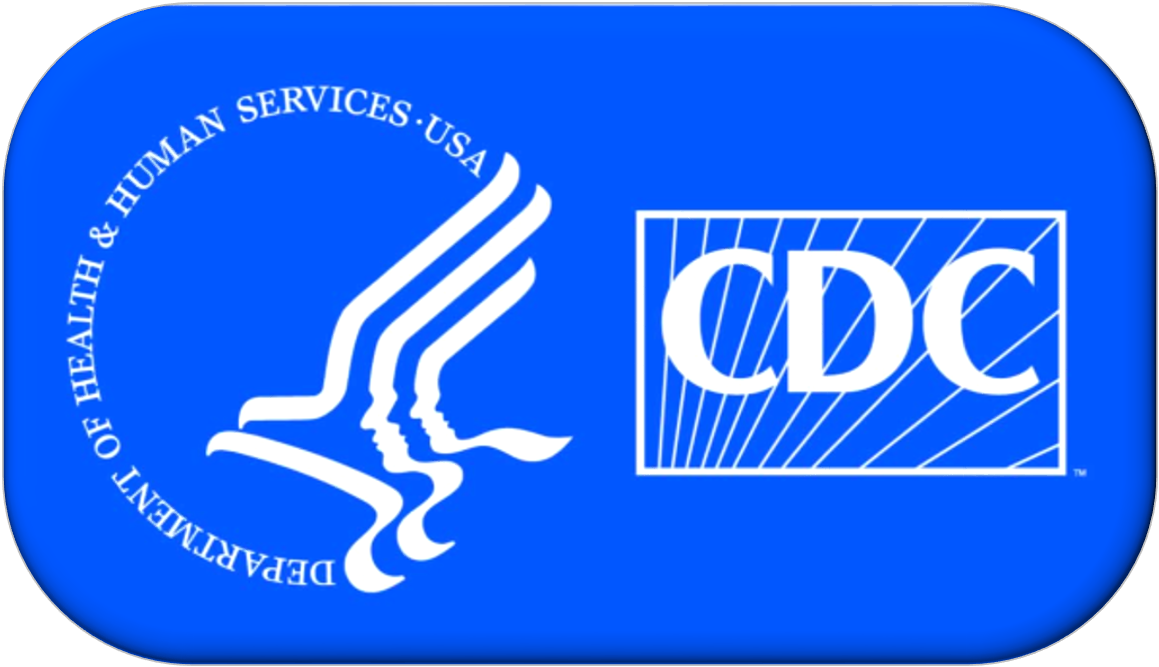COVID-19 Shedding Study
About this project
The Characterization of the Severe Acute Respiratory Syndrome Coronavirus 2 (SARS-CoV-2) Shedding and the Novel Coronavirus Disease (COVID-19) Clinical Features among the First Confirmed Cases in South Africa study was implemented in March 2020 just after the first COVID-19 cases were detected in South Africa. There is limited information on SARS-CoV-2 shedding duration amongst HIV-infected persons. Various factors have been associated with increased shedding duration, including increased age, male sex, severity of illness and immunocompromised state. SARS-CoV-2 shedding duration may extend for a mean of 17 days, however infectiousness (SARS-CoV-2 viral load which drives transmissibility) of the shed virus typically declines significantly 8 days after becoming symptomatic. We hypothesised that HIV-infected individuals may shed SARS-CoV-2 for longer periods and at higher viral load than HIV-uninfected persons. Thus increasing the risk of SARS-CoV-2 transmission and within host viral evolution in this population. Our study aimed to evaluate the duration of SARS-CoV-2 shedding and the duration of high viral load SARS-CoV-2 shedding in upper respiratory samples from a cohort of persons hospitalised with COVID-19. We also determined SARS-CoV-2 shedding in stool and serum samples, as well as changes in serology from this cohort of HIV-infected and –uninfected persons hospitalised with COVID-19 in South Africa. To do this, we enrolled SARS-CoV-2 PCR positive adult patients hospitalised with COVID-19 at selected public hospitals, and collected nasopharyngeal/oropharyngeal (NP/OP) and rectal swabs every two days until cessation of shedding. In addition, sera were collected at enrolment, during and early-post infection for IgM/IgG detection and quantification. Respiratory, stool and blood specimens were tested by rRT-PCR and culture. Detailed exposure and clinical information, including hospital laboratory results and progression of illness was collected on enrolment and daily thereafter until cessation of shedding. The correlation between the duration and magnitude (viral load) of SARS-CoV-2 shedding detected by rRT-PCR and culture, the antibody response and the clinical features of illness will be assessed. In addition, sequential respiratory specimens will undergo targeted deep sequencing, while ensuring linkage of detected mutations, in the genes under immune selection pressure, including the spike gene. Bioinformatics analysis will determine intra-host viral evolution of SARS-CoV-2 during the course of the infection.
Objectives
Primary
- To determine the time period (range and median) in days that individuals continue to shed SARS-CoV-2 from respiratory and stool specimens after symptoms onset using real-time reverse transcription polymerase chain reaction (rRT-PCR) and viral culture.
- To determine the temporal variations of SARS-CoV-2 viral-load in respiratory and stool specimens using reverse transcriptase polymerase chain reaction (rRT-PCR).
- To determine the viremia of SARS-CoV-2 during infection.
- To determine the antibody response to SARS-CoV-2 during and early-post infection and whether there is an association with patient outcome.
- To determine the clinical features of COVID-19 over time, including signs and symptoms, hematological changes, severity, and progression of illness.
- To correlate the duration and magnitude of SARS-CoV-2 shedding detected by rRT-PCR and culture and the antibody response to the clinical features of illness.
Secondary
- To assess factors that may affect SARS-CoV-2 shedding duration.
- To assess factors that may affect SARS-CoV-2 viral load.
- To assess factors that may affect SARS-CoV-2 duration and severity of illness.
- To determine the genetic characteristics of SARS-CoV-2 of infected patients and assess the impact of prolonged shedding on within-host SARS-CoV-2 evolution through whole genome sequencing.
Impact
Understanding the duration of viral shedding, the clinical features of illness and the association between viral shedding/viral load and the symptomatology of the infection has direct practical implications to: (i) determine the required duration of isolation of infected individuals; (ii) assess the transmissibility potential of the virus; and (iii) understand the clinical spectrum and progression of illness for improved treatment and mitigation strategies.
Ethics
The study was approved by the University of the Witwatersrand Human Research Ethics Committee (Reference M160667).
Results
Gallery
Project Protocol
Funders and Collaborators
Sites





